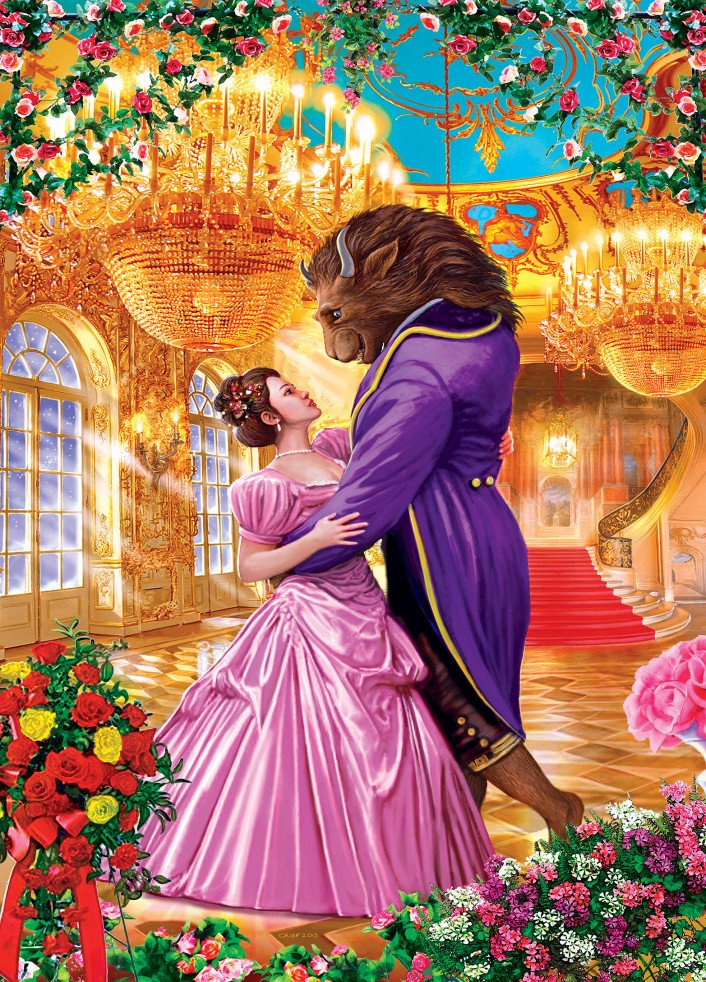

Acrylic pieces are very durable, waterproof, and can withstand continued use without the image degrading. Many museums have laser-cut acrylic puzzles made of some of their art so visiting children can assemble puzzles of the images on display. The advantage is that the puzzle can be custom-cut to any size or shape, with any number or average size of pieces. New technology has also enabled laser-cutting of wooden or acrylic jigsaw puzzles.

Recent roller-press methods achieve the same results at a lower cost. The precise cuts gave a snug fit, but the cost limited jigsaw puzzle production to large corporations.

However, the forces involved are tremendously greater: A typical 1000-piece puzzle requires upwards of 700 tons of force to push the die through the board.īeginning in the 1930s, jigsaw puzzles were cut using large hydraulic presses that now cost hundreds of thousands of dollars. The cutting process is similar to making shaped cookies with a cookie cutter. The knives are set into the slots and covered in a compressible material, typically foam rubber, which ejects the cut puzzle pieces. The puzzle die is a flat board, often made from plywood, with slots cut or burned in the same shape as the knives that are used. The press forces a set of hardened steel blades of the desired pattern, called a puzzle die, through the board until fully cut. An enlarged photograph or printed reproduction of a painting or other two-dimensional artwork is glued to cardboard, which is then fed into a press. Most modern jigsaw puzzles are made of paperboard as they are easier and cheaper to mass-produce. While most assembled puzzles are disassembled for reuse, they can also be attached to a backing with adhesive and displayed as art. In addition to traditional flat, two-dimensional puzzles, three-dimensional puzzles have entered large-scale production, including spherical puzzles and architectural recreations.Ī range of jigsaw puzzle accessories, including boards, cases, frames, and roll-up mats, have become available to assist jigsaw puzzle enthusiasts. Artisan puzzle-makers and companies using technologies for one-off and small print-run puzzles utilize a wide range of subject matter, including optical illusions, unusual art, and personal photographs. Typical images on jigsaw puzzles include scenes from nature, buildings, and repetitive designs- castles and mountains are common, as well as other traditional subjects. They have since come to be made primarily of cardboard. John Spilsbury, a London cartographer and engraver, is credited with commercialising jigsaw puzzles around 1760. Despite the name, a jigsaw was never used.

In the 18th century, jigsaw puzzles were created by painting a picture on a flat, rectangular piece of wood, then cutting it into small pieces. When assembled, the puzzle pieces produce a complete picture. A jigsaw puzzle is a tiling puzzle that requires the assembly of often irregularly shaped interlocking and mosaiced pieces, each of which typically has a portion of a picture.


 0 kommentar(er)
0 kommentar(er)
